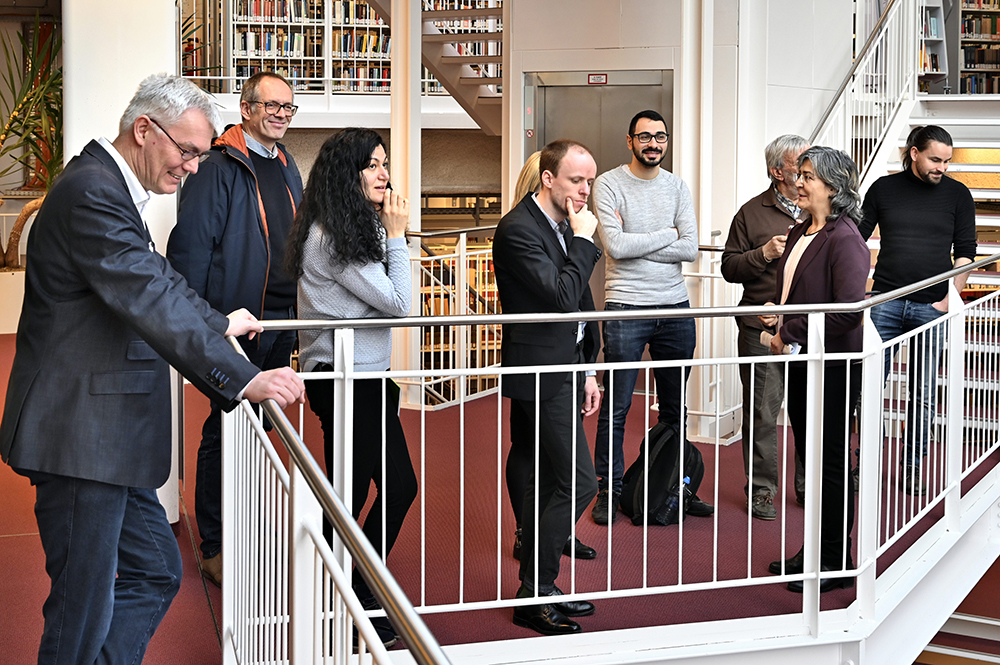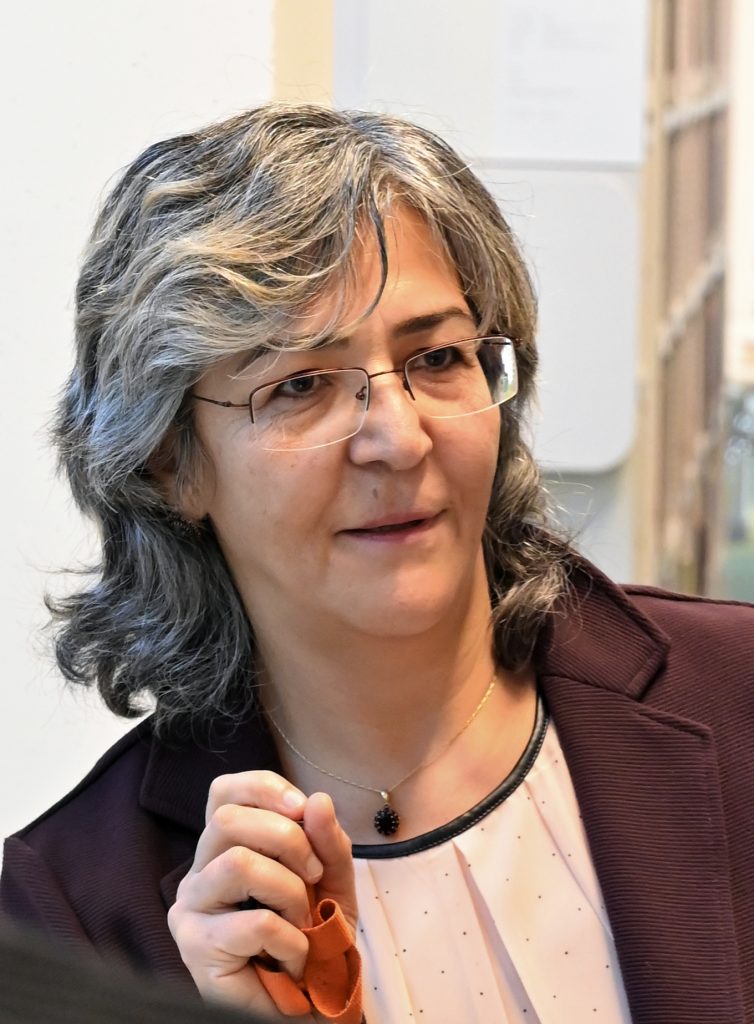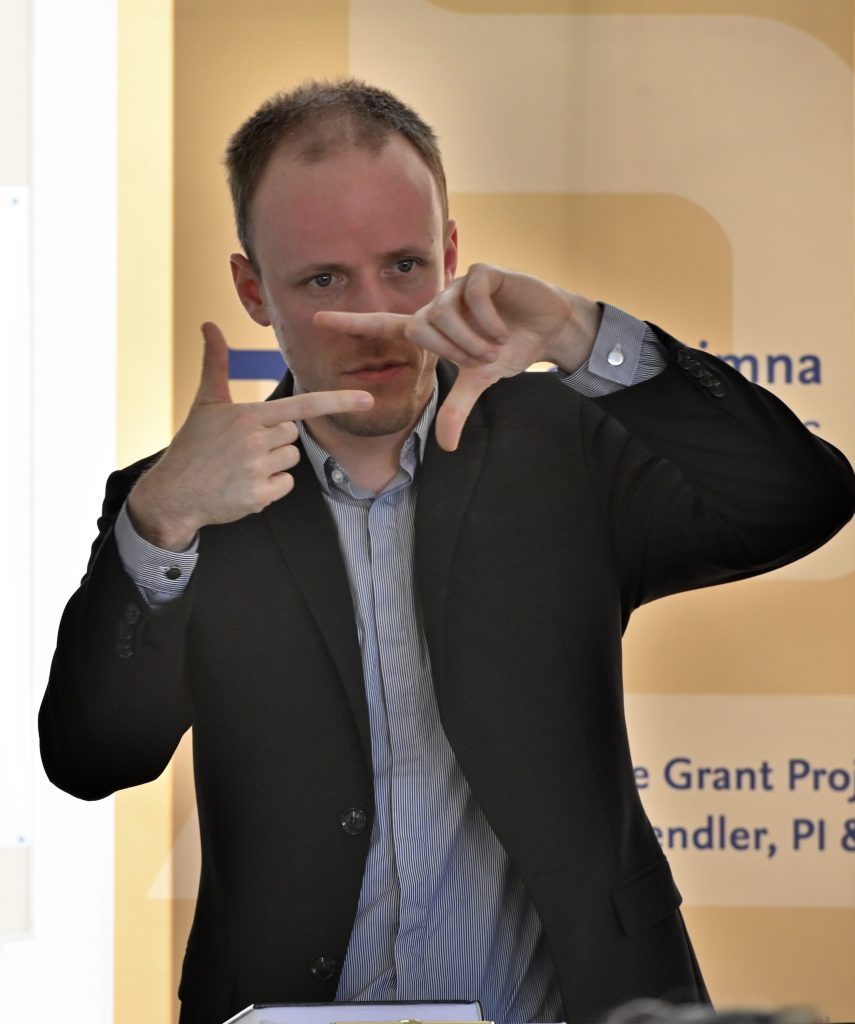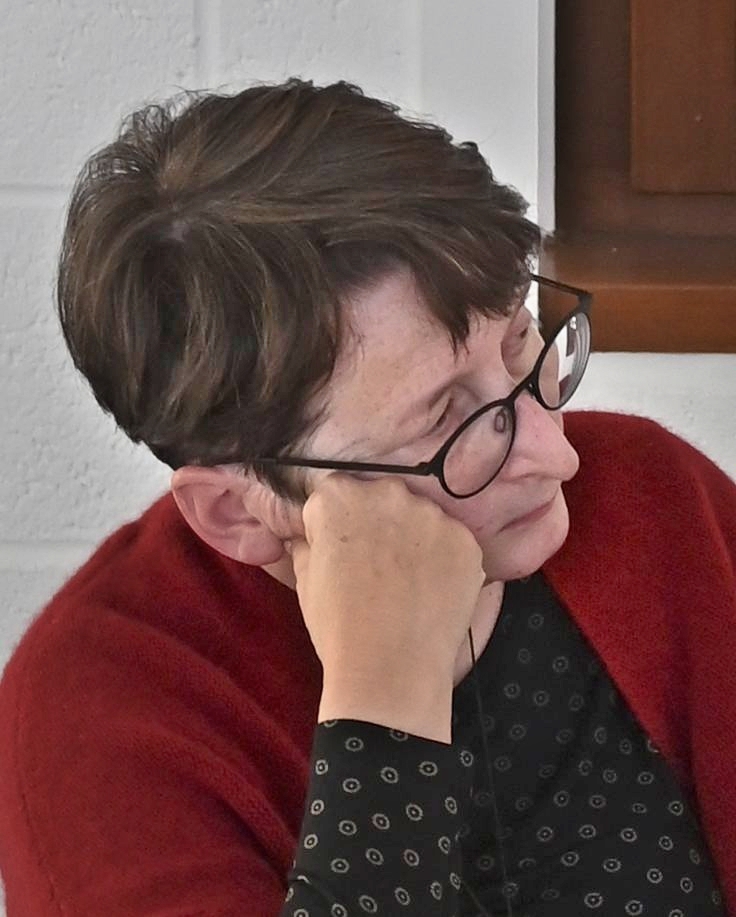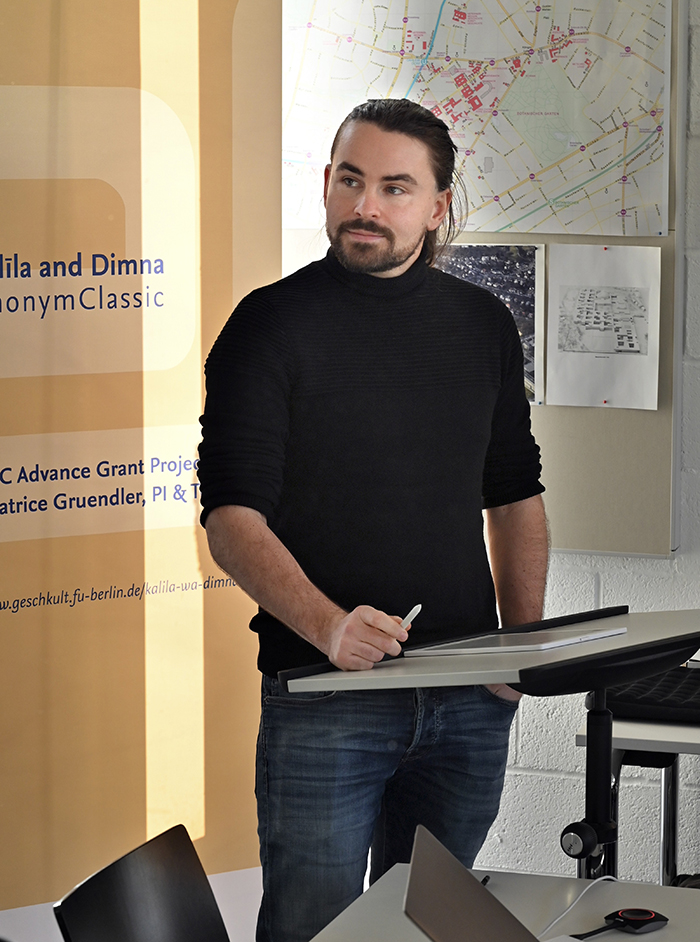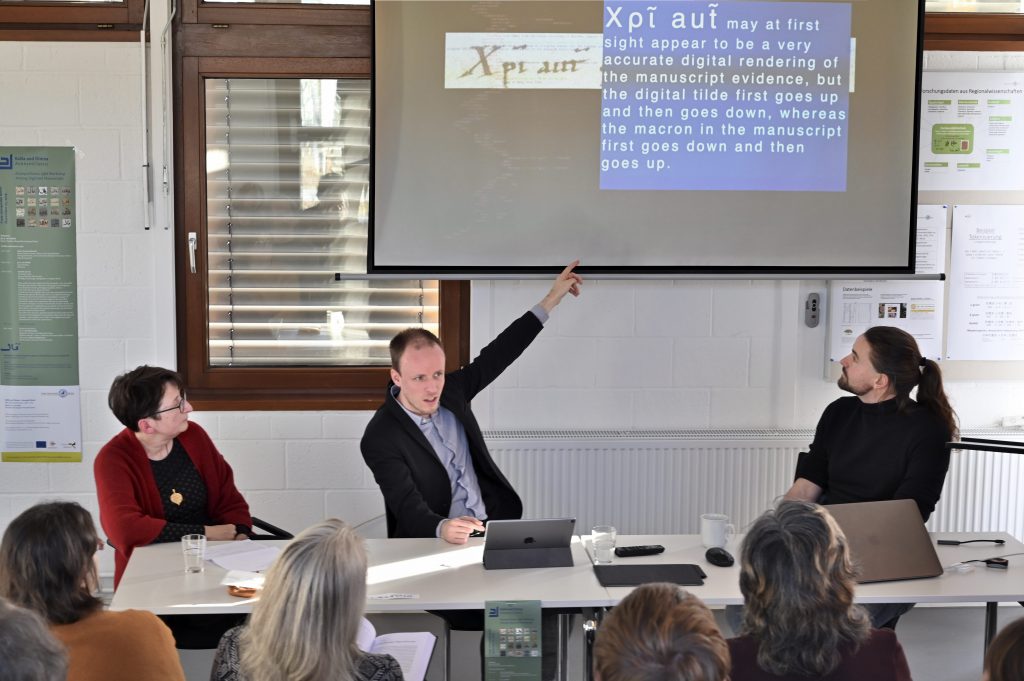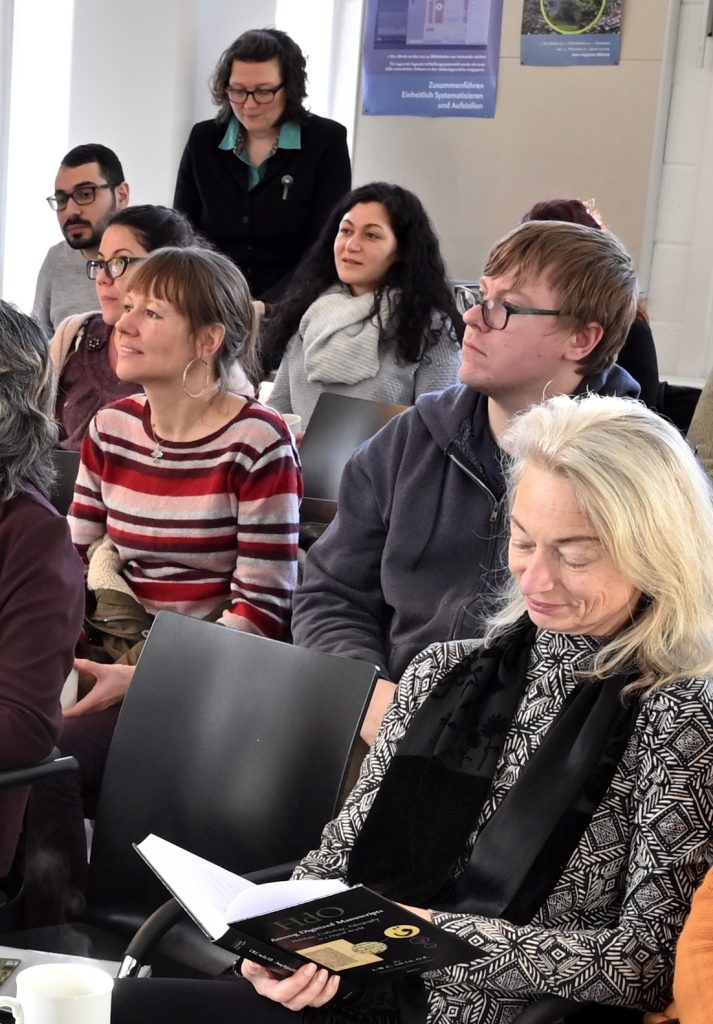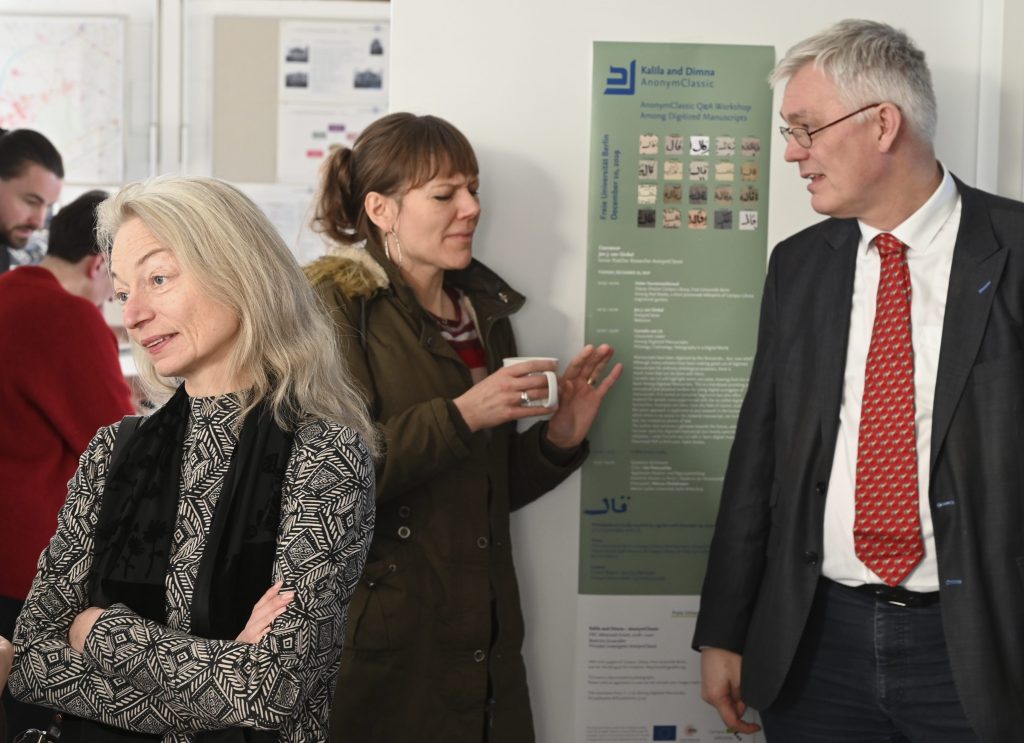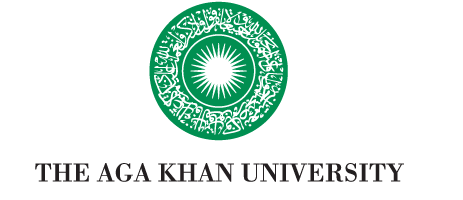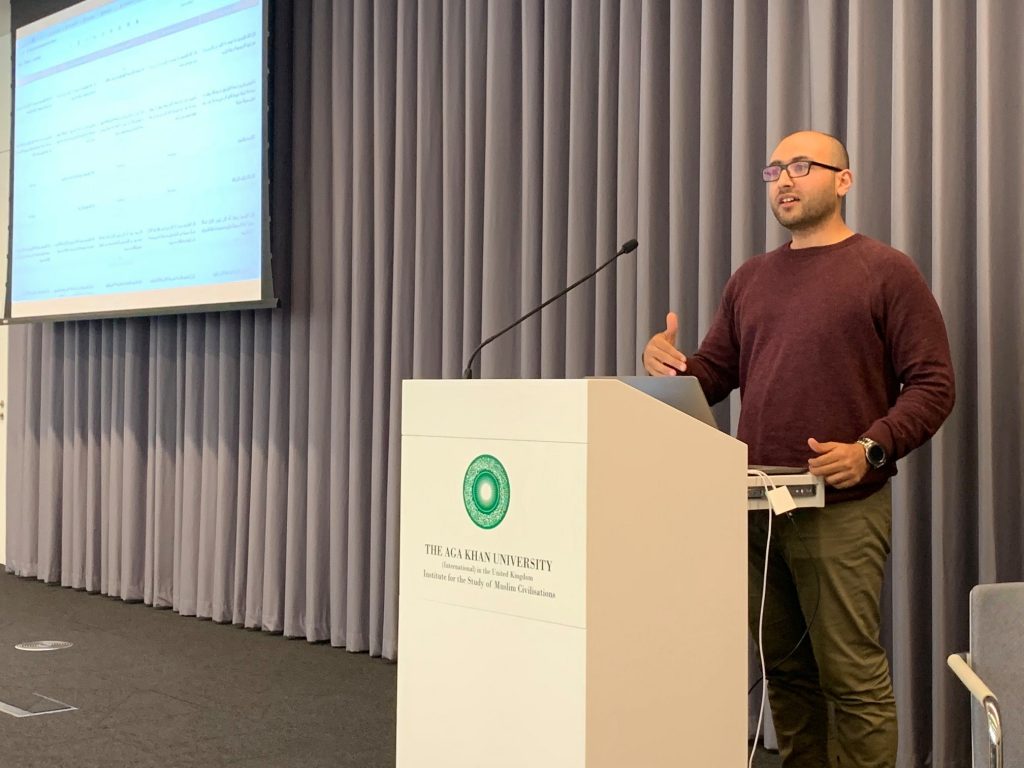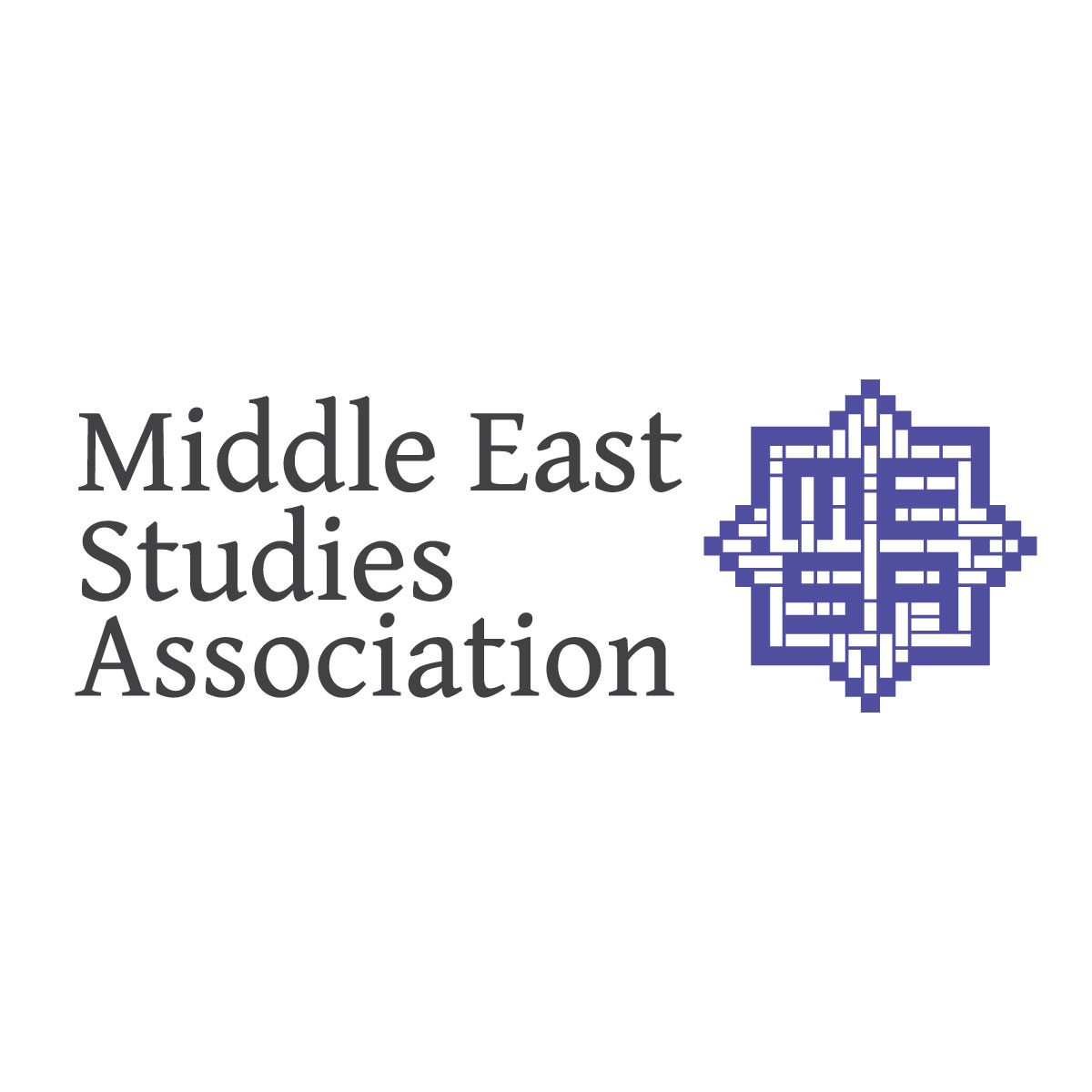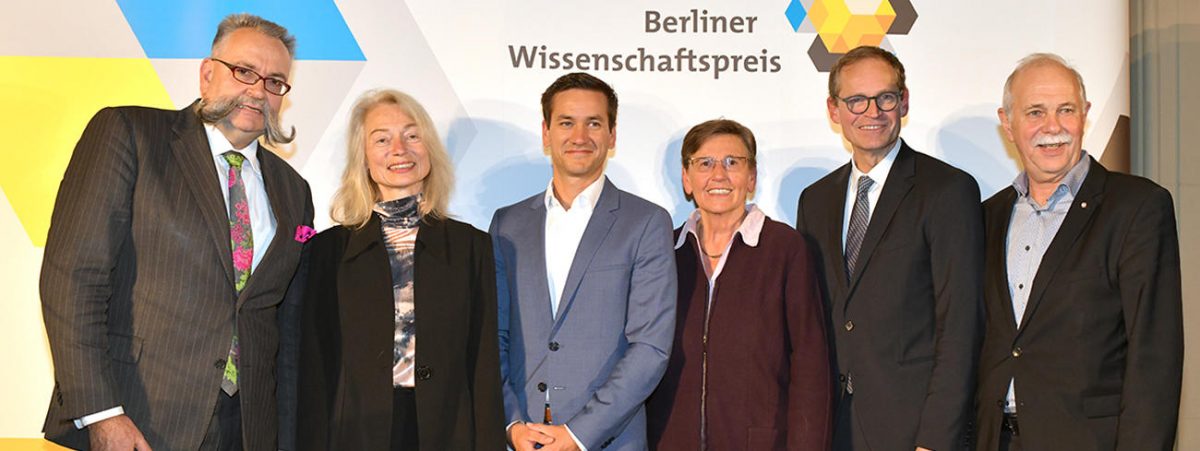Le 10 Octobre 2019, Prof. Béatrice Gründler, moi même et ma collègue Mme. Rima Redwan avons visité la bibliothèque nationale de France, Rue de Richelieu, où nous avons pu consulter une quinzaine de manuscrits de la version arabe de Kalīla wa-Dimna, dont cinq sont illustrés. Parmi les manuscrits consultés, le Paris Arabe 3465 daté du 13ème siècle et jugé être le plus ancient manuscrit arabe illustré de Kalīla wa-Dimna.
Cette occasion nous a permit de voire ces oeuvres et de pouvoir examiner de plus près l’état des manuscrits, la qualité du papier, la mise en page, le type de relire utilisé ainsi que beaucoup d’autres éléments relevants à notre étude.
Dans l’après-midi nous avons eu l’occasion avec tous les participants à la journée d’étude ”Textual criticism of mediaeval Arabic geographic texts” d’assister à un workshop de deux heures dirigé par Mme. Marie-Geneviève Guesdon, la chargée des manuscrits arabes à la bibliothèque nationale de France où nous avons consulté deux manuscrits de Kalīla wa-Dimna, un en langue arabe daté du 14ème siècle et un en persan de Anvar i- Suhayli ainsi que deux manuscrit de l’ouvrage géographique de al-Istakhri.
La journée d’étude
Le 11 Octobre 2019, s’est tenue au sorbonne une journée d’étude intitulée:”Textual criticism of mediaeval Arabic geographic texts”. Cet événement qui a été organisé par Mme. Nadja Danilenko de la Freie universität de berlin, Mr. Jean-charles Ducène de l’école pratique des hautes d’études et Mr. Peter Verkinderen membre du projet Kitab situé à Aga Khan university à Londres. L’événement a eu lieu dans la salle Gaston Paris au sorbonne du 9h30 jusqu’a 17h.
La journée d’étude était articulée en trois sessions. La session d’ouverture a été entamé par Mr. Jean-charles Ducène qui nous a parlé des défis et des enjeux de la réalisation d’une édition à l’aide d’une présentation intitulée “Quand les traditions manuscrits rendent caduques les éditions existantes.”
Par la suite, Mme. Nadja Dailenko nous a parlé des travaux de al-Istakhri, un géographe médiéval persan à travers une deuxième présentation intitulée:” Same same but different. The Persian translations of al-Istakhri’s work in the 13th century.”
Dans la deuxième session de notre journée d’étude, Mr. Chafik Benchekroun de l’université de Toulouse a partagé avec nous quelques reflexions sur les différentes versions de l’ouvrage géographique de Ibn Hawqal.
Suite à cela nous avons clôturés la deuxième session par une présentation effectuée par Mme. Perrine Pilette de l’université de Paris-Sorbonne intitulée: ”Nouvelles perspectives pour l’édition de l’histoire des Patriarches d’Alexandrie. Enjeux et défis d’une édition numérique.”
Suite à ces premières interventions, nous avons eu l’opportunité de discuter les différentes idées présentées et de s’étaler un peu plus sur les travaux géographiques de la période médiévale tout en mettant l’accent sur les défis potentiels liés à l’édition de ces travaux.
Après un échange très constructif qui a eu lieu pendant le déjeuner, notre groupe, Prof. Béatrice Gründler, moi même et ma collègue Mme. Rima Redwan, avons eu l’occasion d’introduire notre projet “AnonymClassic–Kalīla and Dimna” à travers une présentation intitulée: ”Versions of versions: Competing factors in analysing the Kalīla wa-Dimna manuscripts tradition”.
Dans cette présentation nous avons essayer d’expliquer le contexte littéraire et culturel dans lequel se trouve Kalīla wa-Dimna ainsi que d’expliquer la structure du livre et des histoires qu’il contient. Puis par la suite nous avons démontré la grande variété de manuscrits que nous avons collecté jusque-là pour notre projet ainsi que notre méthode d’analyse des différentes versions de l’oeuvre en mettant en avant nos points d’appuis en terme de texte et d’illustration.
Après notre intervention nous avons pu assister à une dernière presentation proposée par Mme. Marjorie Burghart de l’école des hautes études en sciences sociales (EHESS) de Lyon intitulée:”Expérience d’édition électronique: challenges et enjeux.” où nous avons pu parler plus concrètement du côté logistique et technique d’une edition électronique et de tout les défis qu’un éditeur peu rencontrer.
En tout la journée d’étude s’est avérée très fructueuse en terme d’échange d’idées et d’experiences entre tous les participants et par cette occasion nous tenons encore une fois à remercier tous les organisateurs et les participants de cet événement ainsi que Mme. Marie-Geneviève Guesdon de la bibliothèque nationale de France.
by Khouloud Khalfallah

